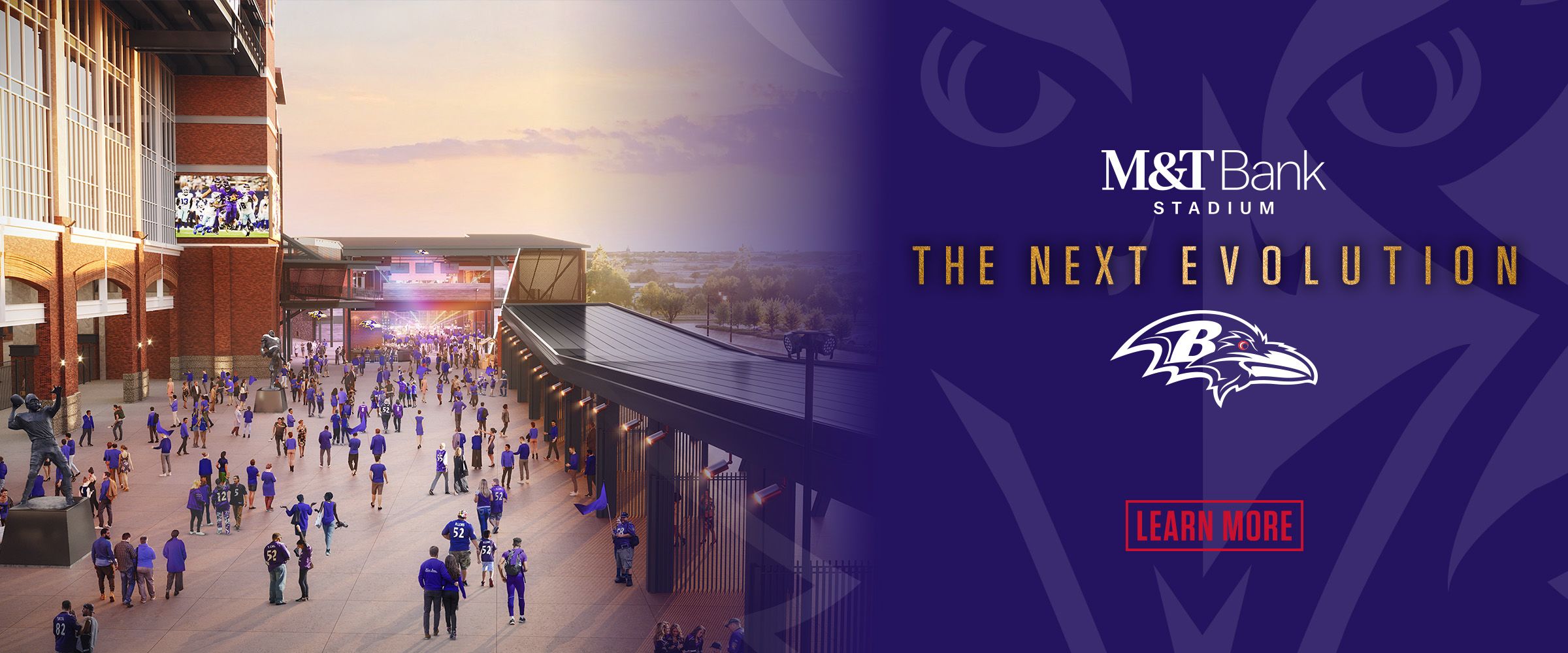It's no secret that the Ravens are going to try to expand and improve their receiving corps this offseason.
Head Coach John Harbaugh labeled playmakers an "obvious" need in January, and Owner Steve Bisciotti offered more evidence last week with his classic response to a question about empty seats at home games.
"I think there's a really good chance we won't be drafting a defensive tackle in the first round," Bisciotti said, referencing the organization's desire to make the offense more exciting.
Of course, in a "couldn't make this up if you tried" follow-up to Bisciotti's comment, ESPN's Todd McShay released a mock draft several days later with the Ravens taking, yup, a defensive tackle in the first round – Washington's Vita Vea. ESPN's Mel Kiper offered a similar prediction in January, mocking an offensive tackle, Pitt's Brian O'Neill, to the Ravens with the No. 16 overall pick.
That sound you hear is heads exploding around Baltimore at the idea that the Ravens might take a lineman instead of a playmaker with their top pick.
I understand the reaction after a season in which the Ravens were so offensively challenged, but I would caution against worrying too much about whether they address their wide receiver issue in the first round.
There's strong evidence suggesting the Ravens are just as likely to find a quality receiver in the second or third round, or even later.
Of the eight receivers who caught passes in the Pro Bowl last month, exactly none were first-round picks. Two were second-round selections, two went in the third round, one apiece went in the fifth and sixth rounds and two entered the league as undrafted free agents.
Offering more evidence, neither of the NFL's two top rookie receivers in 2017 were first-round picks. The Los Angeles Rams' Cooper Kupp was an early third-round pick, No. 69 overall, and the Pittsburgh Steelers' Juju Smith-Schuster, a late second-round selection, went No. 62 overall.
Both fared far better than any of the three receivers who were among the first nine overall selections last spring. Of those three, only Tennessee's Corey Davis had anything resembling a fruitful rookie campaign. The Los Angeles Chargers' Mike Williams and Cincinnati Bengals' John Ross dealt with injuries and had minimal impact.
The same thing has happened with the 2016 rookie receiver class. While two of the four first-round picks have developed into workmanlike targets (and two have NOT done even that), the best receiver in that year's draft by far has been the New Orleans Saints' Michael Thomas, a second-round pick who has caught 196 passes in his first two NFL seasons. He went No. 47 overall.
I'm not sure there's an explanation for all this other than the draft's fundamental law that outcomes are difficult to predict, regardless of where a player is selected. It's certainly true that some teams' offenses put a young receiver in better position to succeed, but nothing is guaranteed.
Just to be clear, plenty of receivers taken in the first round have become stars. All five taken in the first round in 2014 (Sammy Watkins, Mike Evans, Odell Beckham Jr., Brandin Cooks and Kelvin Benjamin) are now deemed impact players.
But several receivers taken in later rounds in 2014 also have blossomed, including Jarvis Landry and Allen Robinson, pending free agents who would help the Ravens. They were drafted Nos. 61 and 63 overall.
My point is that while the Ravens certainly need to address their receiver shortage in the draft, it's by no means a must that they do so in the first round.
Sure, if they ultimately decide that the top receiver in this year's class, Alabama's Calvin Ridley, is too good to pass up, i.e., the answer to what ails them, I'm all for them endeavoring to trade up to get him. It feels like a good year for that. The fan base certainly would perk up.
But if they decide not to do that and instead pick a tight end, offensive tackle or (gasp) defensive tackle at No. 16, that's also OK, provided a) they get a player who's worth the high pick, and b) they come back in the second or third round (or both) and select the young receiver (or receivers) they so desperately need.
It matters more who they take, not when.



















